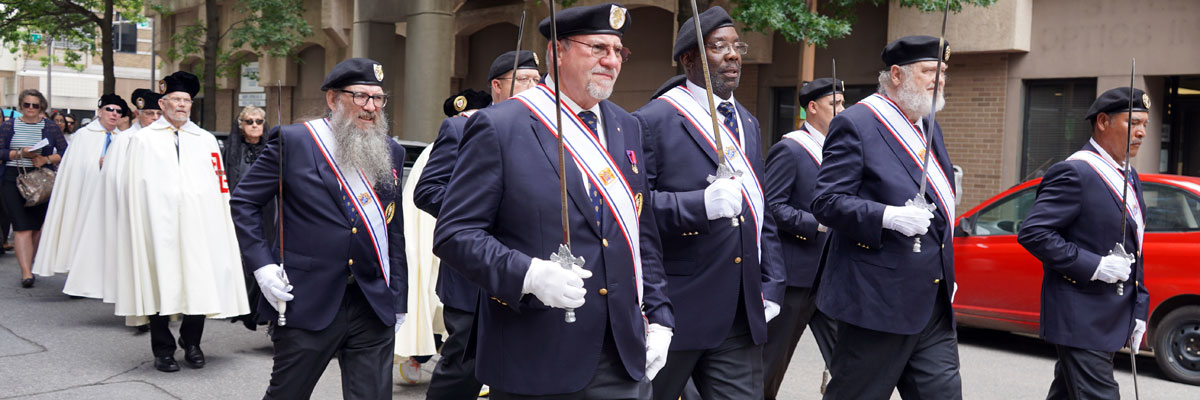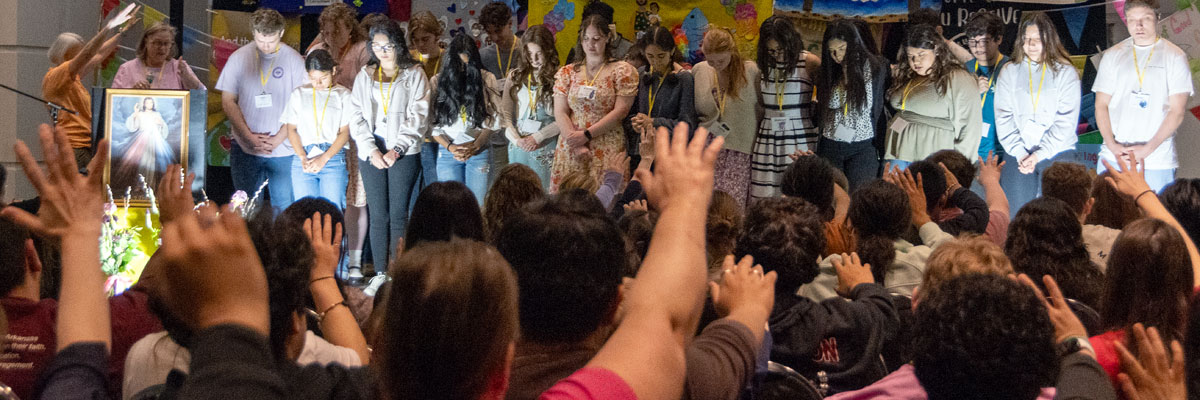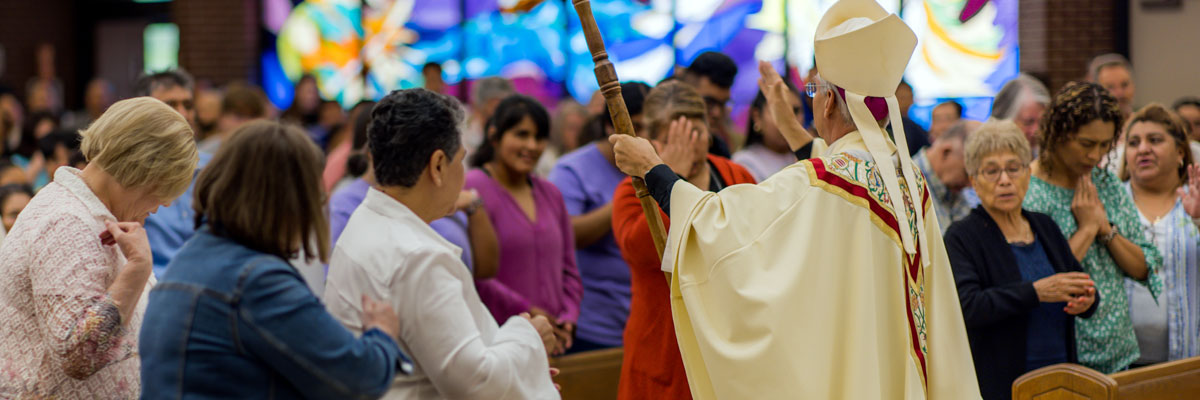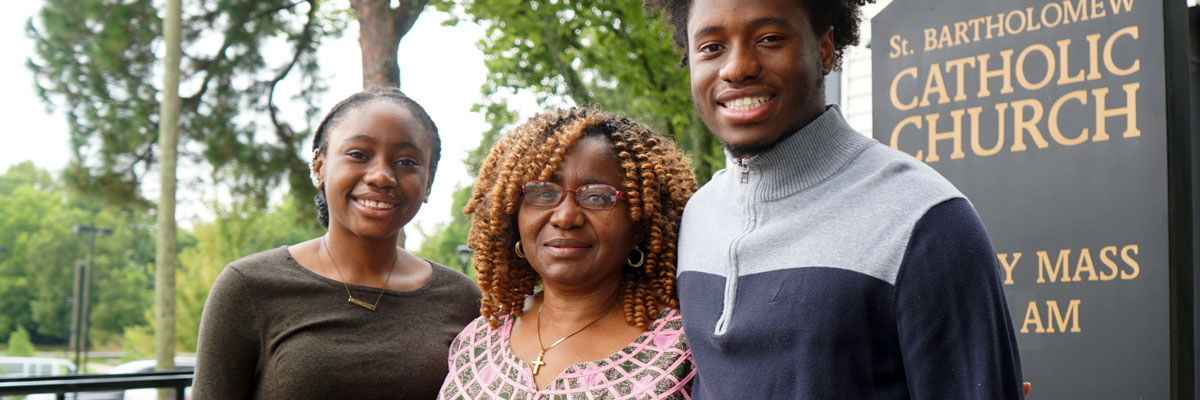Official Website of the
Catholic Diocese of Little Rock
Easter Sunday 2018
Published: April 1, 2018
Bishop Anthony B. Taylor preached the following homily on Sunday, April 1, 2018.
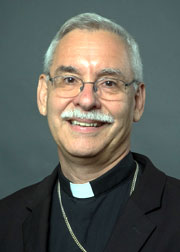
Bishop Taylor
Only 10 percent of an iceberg is visible above the water. But the other 90 percent is there and is indeed what keeps the visible 10 percent afloat. This hidden 90 percent is also the part of the iceberg that unfortunately can have the most impact on a person's life — just ask the people on the Titanic.
The word, "titanic" means, "big" and "strong," but to us it means disaster. Why? Because they ignored that part of reality that they couldn't see!
Science purposely ignores what it cannot see and so science cannot prove or disprove Jesus' resurrection. The only proofs that science accepts are those that are repeatable by other scientists and empirically observable.
But today, on Easter Sunday, Jesus' followers discover the 90 percent of reality that his tormenters did not see: The supernatural power of God which had been already at work in a hidden way during Jesus' public ministry was now evident in the facts of his resurrection.
Note, by the way, that the empirical method itself cannot be proven by the empirical method, which ought to give pause to those who reject good religion because they think all religion is incompatible with science, when it’s not. Only bad religion is, but that’s a topic for another day.
In any event, no one saw Jesus' resurrection, nor can it be repeated in scientific experiments. It's not that faith and science are in conflict because that’s not necessarily so. Jesus' resurrection simply belongs to the hidden 90 percent of reality that the empirical method is not equipped to investigate.
But even so the supernatural world does exist and is indeed what keeps the material world afloat, the 10 percent that we can see. And just as with icebergs, the consequence of ignoring that part of reality hidden from view can be disaster. The Titanic sailed as if the hidden 90 percent did not exist and sank because it did. There are many titanics floating around our world today, people who live on the surface and think they are unsinkable, but who are in fact headed for disaster.
On that first Good Friday all the big guys had their way: They eliminated a defenseless man who made them nervous. The Roman Empire was of titanic proportions and the local religious leaders were very important in their own eyes and in the eyes of some of the people. They destroyed the visible, empirically observable body of Jesus of Nazareth.
But today, on Easter Sunday, Jesus' followers discover the 90 percent of reality that his tormenters did not see: The supernatural power of God which had been already at work in a hidden way during Jesus' public ministry was now evident in the facts of his resurrection.
Even so, the only thing non-believers saw that day was the visible 10 percent, the empty tomb — the angels were long gone by the time the skeptics showed up. And so, like scientists in our own day, they developed two theories to account for the presence of an empty tomb without having to consider the possibility of divine intervention.
1. The wrong tomb theory: Some skeptics hypothesized that those who had buried Jesus had failed to note carefully into which borrowed tomb they had placed his body. The tomb was empty because it was the wrong tomb — a theory which the Gospels counter by noting: 1.) that the women did note carefully the location of the tomb; 2) Joseph of Arimathea surely would not have forgotten the location of his own — as yet unused — tomb, and; 3.) the Romans surely would not have posted their guard outside the wrong tomb. Besides, why would there be burial cloths rolled up on the floor of the wrong tomb?
2. The stolen body theory: Other skeptics suggested that Jesus' followers might have sneaked back into the cemetery under the cover of darkness and removed his body from the tomb for the purpose of claiming fraudulently that Jesus' promise to rise from the dead had come true. The Gospels counter this stolen body theory by noting that Jesus' followers who fled that day in terror would have been very unlikely to have found the courage a few hours later to try to steal a body from a tomb surrounded by armed guards. Quite the contrary. They were still hiding behind locked doors, paralyzed by fear — clearly still not understanding what Jesus meant when he said he'd rise from the dead.
Moreover, Jesus' adversaries had already anticipated this possibility and so had not only stationed guards to ensure that the corpse stay put, but also sealed the tomb so that any tampering would be obvious. And yet it was precisely these guards placed there by Jesus' enemies who are the closest thing we have to actual eyewitnesses of the moment of resurrection itself. They reported seeing a dazzlingly bright angel roll back the sealed stone door of the tomb — that is, at least until they were paid off by the authorities to keep quiet.
The survivors of the Titanic became big believers in icebergs. They still couldn't actually see the 90 percent hidden under the water but they had learned what that hidden part of reality could do. In a similar way, Jesus' followers could see what God had done and so their eyes began to be opened that first Easter Sunday to that part of reality to which we have full access only by faith.
Where skeptics could see nothing beyond an empty tomb, believers began to see the rest of the story: Jesus their risen Savior, victor over sin and death, ruler of the supernatural world that keeps this visible world afloat.


